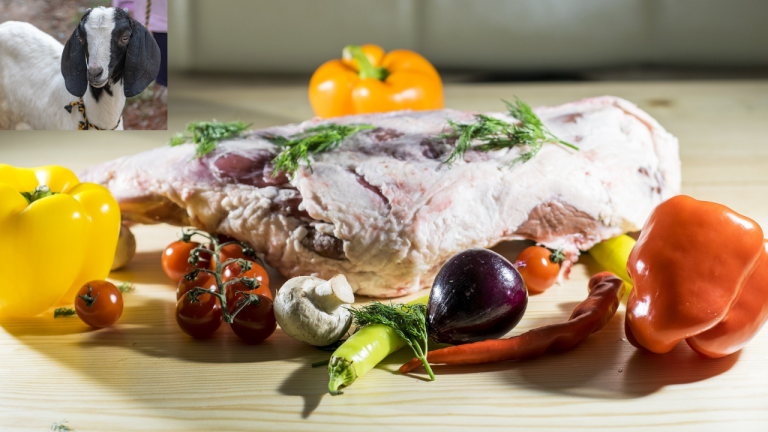Breaking Up with Gluten: How Going Gluten-Free Can Ease Your Pain

Hook: “Breaking Up with Gluten: How Going Gluten-Free Can Ease Your Pain”
Introduction: Are you tired of dealing with chronic pain and looking for a solution? The answer might be as simple as changing your diet. Many people have found relief from pain by adopting a gluten-free lifestyle. In this article, we’ll explore the connection between gluten and pain, the benefits of a gluten-free diet, and how you can get started on your gluten-free journey.
Understanding Gluten and Its Impact on Pain: Gluten is a protein found in wheat, barley, and rye. For some people, consuming gluten can lead to a range of health issues, including chronic pain. This is particularly true for individuals with celiac disease or gluten sensitivity. When these individuals eat gluten, their immune system reacts negatively, causing inflammation that can lead to pain in various parts of the body, including the joints, muscles, and digestive system.
The Science Behind Gluten and Pain: Research has shown that gluten can trigger an inflammatory response in susceptible individuals. This inflammation can cause pain and discomfort, contributing to conditions such as arthritis, fibromyalgia, and even migraines. By eliminating gluten from the diet, many people experience a significant reduction in inflammation and, consequently, pain.
Benefits of a Gluten-Free Diet:
- Pain Relief: One of the most significant benefits of a gluten-free diet is pain reduction. Many individuals report feeling less pain and discomfort after removing gluten from their diet.
- Improved Digestion: Gluten can cause digestive issues such as bloating, gas, and diarrhea. A gluten-free diet can help alleviate these symptoms and promote better digestive health.
- Increased Energy Levels: Chronic pain and inflammation can be exhausting. By reducing these issues, many people find they have more energy and feel more active.
- Enhanced Overall Well-Being: Eliminating gluten can lead to improvements in other areas of health, including better skin, improved mood, and a stronger immune system.
Getting Started with a Gluten-Free Diet:
- Educate Yourself: Learn about which foods contain gluten and which are naturally gluten-free. Common gluten-containing foods include bread, pasta, cereals, and baked goods.
- Read Labels: Always check food labels for gluten-containing ingredients. Look for products labeled “gluten-free” to ensure they are safe to eat.
- Plan Your Meals: Plan your meals around naturally gluten-free foods such as fruits, vegetables, lean meats, fish, eggs, nuts, seeds, and dairy products.
- Explore Alternatives: Try gluten-free alternatives for your favorite foods. Many stores now carry gluten-free bread, pasta, and snacks.
- Stay Informed: Stay up-to-date with the latest research and information about gluten and its effects on health. Join support groups and online communities for tips and encouragement.
Conclusion: Breaking up with gluten could be the key to easing your pain and improving your quality of life. By understanding the impact of gluten on your body and making informed dietary choices, you can take control of your health and enjoy the benefits of a gluten-free lifestyle. If you suspect gluten may be contributing to your pain, consider speaking with a healthcare professional to determine if a gluten-free diet is right for you.
Call to Action: Are you ready to take the first step towards a pain-free life? Start your gluten-free journey today and discover the difference it can make in your well-being. For more tips, recipes, and support, join our gluten-free community and stay connected!



